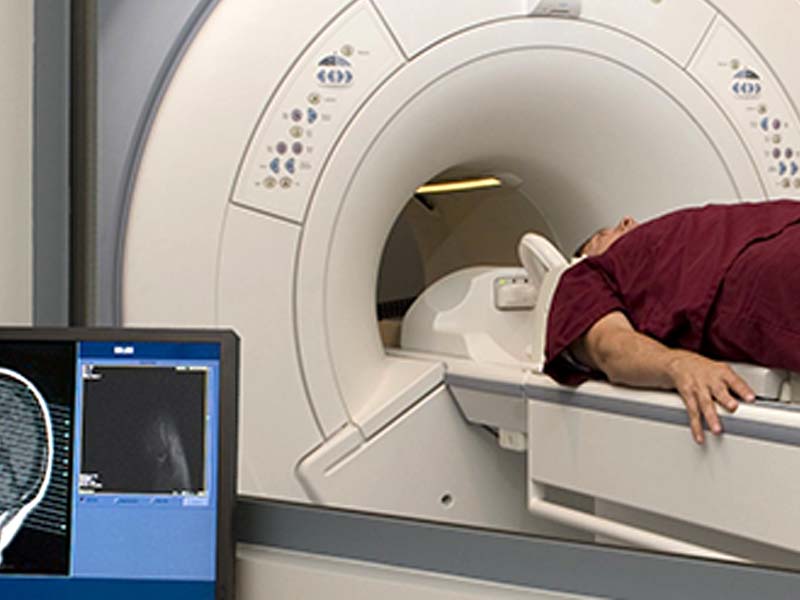Sedation and Medical Imaging What Do I Need to Know?
How Do Sedation and Medical Imaging Work Together?
In medical imaging, sedation is used to relax patients during an exam for a number of reasons. There are also many different types of sedation. Often, patients assume that “sedation” means they will be put to sleep. However, this is most likely not the case when it comes to medical imaging exams.
There are many factors that determine if you’ll need sedation. For example, sedation is most frequently used for children too young to stay still during an exam. It’s also used during MRI exams for adults who struggle with anxiety and claustrophobia. A third common use is for interventional radiology procedures. Although radiology certainly makes use of necessary sedation, it’s usually not the kind that puts you to sleep. Instead, it helps you relax and stay calm.

Common reason
radiology uses
sedation
- To relax patients with anxiety or claustrophobia (used mostly for MRI exams)
- To calm children so they can remain still for the techs to take the right images
- To prevent or reduce pain and sensations.
- For interventional radiology procedures to lessen discomfort, minimize the risk of complications and reduce the ability to sense and remember pain.
Types of Sedation
There are different types of sedation that we use for medical imaging exams at DESERT IMAGING. Depending on the type, sedation may be administered orally, intravenously (through an IV), injected, or inhaled. The first type is minimal sedation, which changes your mood and relaxes you for the duration of the exam. There is also conscious sedation, which makes you feel sleepy but keeps you in control of your reflexes. Deep sedation is what most people think of as anesthesia. It puts patients into a state of unconsciousness.
At DESERT IMAGING, we don’t often use anesthesia. When sedation and medical imaging must be paired, we try to use minimal sedation. It is often less expensive, it requires less recovery time, and it reduces potential side-effects. Short-term side effects, such as nausea and vomiting, can happen with any kind of sedation. But with too much heavy sedation over time, there can be stronger side-effects (including effects on memory and sleep) that we want our patients to avoid.



